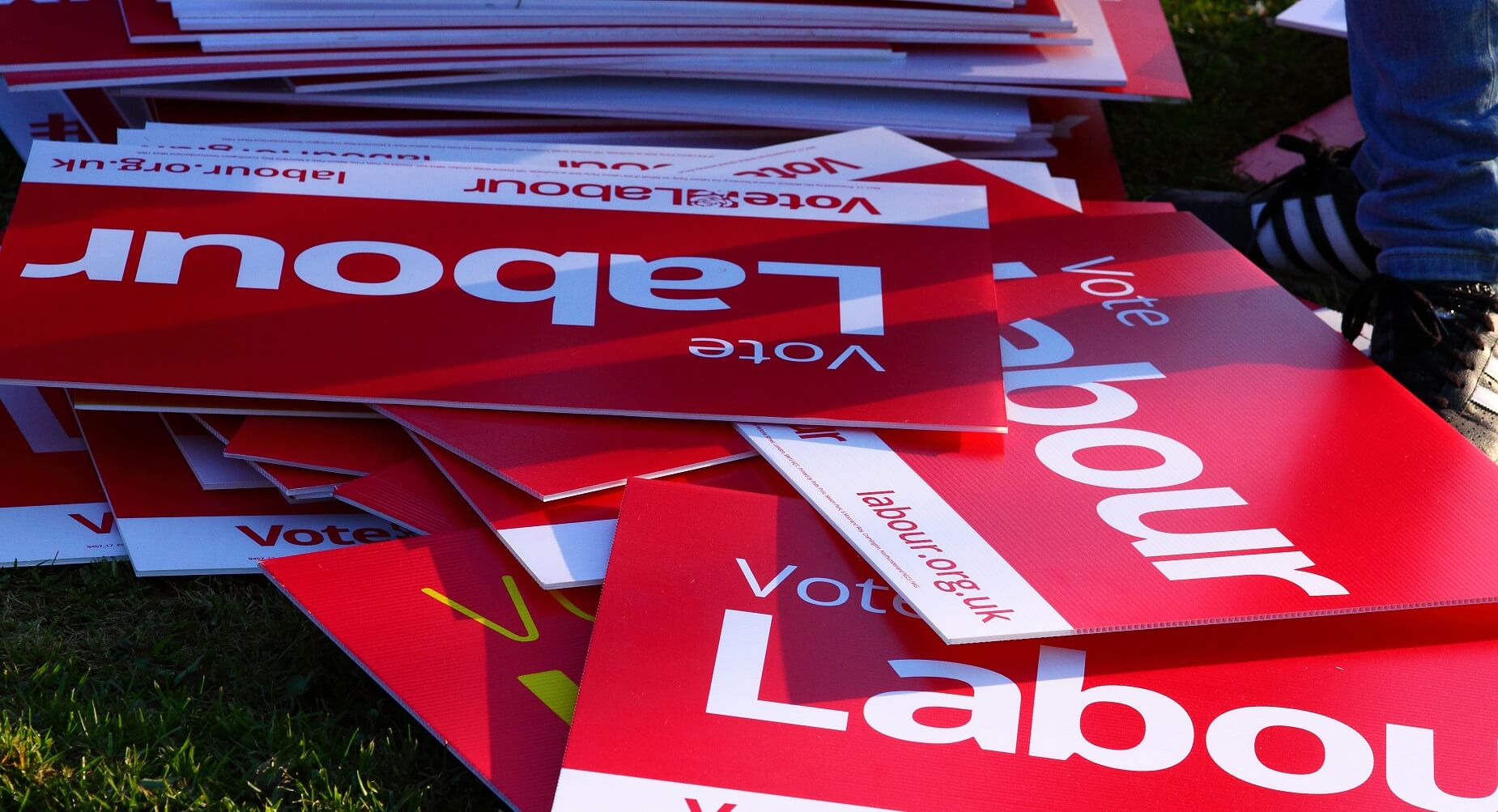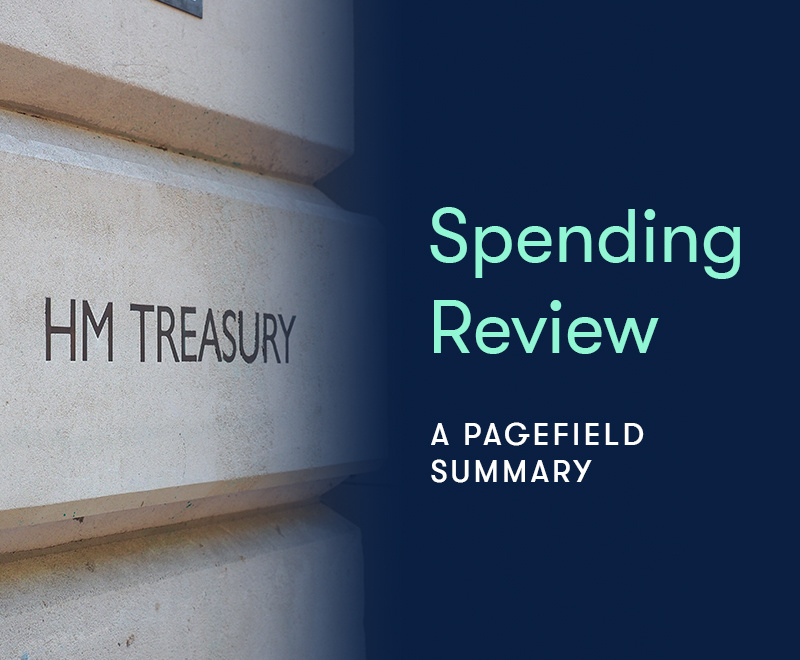Seven days out from polling day, the Labour Party will now be preparing for a final push to close its gap in support to the Conservatives.
The opinion polls have indeed closed a little over the past two weeks. But unlike in 2017, this has not been shaped by a drop in Conservative support – their support has remained steady, actually increasing, following the Brexit Party’s decision not to stand candidates. Labour does however appear to have begun to successfully capture a good proportion of the Lib Dem remain vote. The Conservatives had been relying on the Lib Dem vote to remain steady, splitting the Labour vote and increasing the odds of a 14 December majority.
Nonetheless, with a ten-point lead Boris would almost certainly secure a majority if the election were held today. For this to change, picking up stray Lib Dem votes will not be enough for Labour. They absolutely need to win back some of their leave-leaning voters, which polls suggest have shown little to no inclination of voting Labour this time thus far.
On Wednesday, YouGov’s much lauded MRP survey underlined what we all already knew: Labour faces significant problems in traditional Labour-voting leave areas. YouGov predicted that Labour could lose many of its seats across its historic Midland and Northern heartlands, with notable scalps potentially including Tom Watson’s old seat of West Bromwich East and even leave-supporting Caroline Flint in Don Valley.
The publication of the MRP survey coincided with Labour briefing plans to re-shape its campaign strategy, with a renewed focus on winning back leave-supporting voters.
In practice, this will mean a greater emphasis on key shadow cabinet member visits to leave seats – particularly by those with accents such as Laura Pidcock, Richard Burgon and Rebecca Long-Bailey – as well as an increased effort to explain that Labour is not opposing Brexit, but simply seeking to secure a better deal.
Realistically, it is hard to envisage Labour’s convoluted message, further confused by Corbyn’s ‘honest broker’ position, and different across each region, cutting through. But they will have to try if they are to have any chance of securing their best realistic outcome, a hung parliament.
The spectre of terrorism returning to haunt another General Election campaign has presented Labour with the challenge of facing several days in which foreign policy and law and order – policy areas where the public are traditionally much more aligned to the Conservatives – have framed the narrative.
What the tragic events on Friday and Donald Trump’s visit this week have, at least temporarily, helped Labour do is to move the debate on from a shocking series of days of coverage on accusations of institutional anti-Semitism within the Party. The combination of an unprecedented intervention from the Chief Rabbi, followed by Corbyn’s car-crash Andrew Neil interview – so bad, that Boris has subsequently sought to avoid an interview in this format – was threatening to seriously derail Labour’s campaign.
As we enter the final days of the campaign, Labour’s challenge may be insurmountable. In 2017, the party was able to build significant momentum with a popular manifesto that seemed to go down well, or at least better than expected, with the public. This contrasted to the Conservative’s shambolic manifesto launch, allowing Labour to capitalise on a genuine sense of ‘Corbynmania’. This time around, neither party’s manifesto launch ended in farce, but nor did they truly capture the public’s imagination. Corbyn equally, appears to now be far too unpopular to have any chance of rekindling Corbynmania.
Psephologists traditionally argue that voters only begin to really take notice of a general election campaign in the final couple of weeks. For Labour to have a proper chance of winning back enough voters in its northern leave seats, they will need to ensure a solid week, where they avoid losing out on a debate on law and order and keep Brexit off the agenda as much as possible.
As we enter the final push, with manifestos already published, the long-list of gimmicks to create news hooks begin to wear thin. It is at this point, that party strategists tend to reach desperately for new and innovative ways to capture the news agenda, often leading to the most farcical moments of campaigns. Remember the “Ed Stone” in 2015? Don’t be surprised to see a few ‘launches’ fall similarly flat over the coming days.



